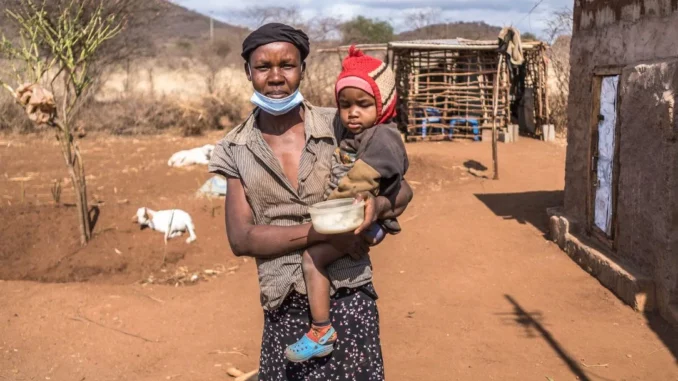
Food insecurity in East and Central Africa has reached alarming new heights, with more than 73 million people now facing severe hunger, according to a joint report released on Monday, April 28, by the Food and Agriculture Organization (FAO) and the Intergovernmental Authority on Development (IGAD).
This marks a sharp rise from 69.2 million reported just two months ago and reflects the deepening impact of regional conflicts on access to food, livelihoods, and humanitarian relief. Insecurity and violence are directly undermining agricultural activity, displacing populations, and preventing the effective delivery of aid.
The report identifies Sudan, South Sudan, Ethiopia, Somalia, the Central African Republic, and the Democratic Republic of the Congo as the worst-affected countries. However, the situation is also deteriorating in neighbouring nations such as Kenya, Djibouti, Uganda, and Tanzania. With armed clashes persisting in eastern DRC, Sudan, and across the Horn of Africa, the report warns of worsening conditions, including economic breakdowns and heightened barriers to both local markets and external assistance. These combined factors are driving hunger and malnutrition to critical levels, particularly among displaced communities.
What is especially troubling, the report notes, is the decline in available international funding for humanitarian response. With global donors pulling back support amidst competing crises, the agencies warn that relief efforts may be drastically curtailed just as the need becomes more acute. Without sustained and increased intervention, FAO and IGAD fear that instability across the region will deepen, fuelling a vicious cycle of hunger, displacement, and conflict. The outlook remains bleak unless immediate and coordinated international action is taken to address both the root causes and immediate impacts of the crisis.
